Maintaining your parachute
How to maintain your parachute?
The new materials used in the manufacture of skydiving equipment make it possible to make 2000 to 3000 jumps without there being any change during the flight under canopy. Some maintenance work will of course be necessary in order to maintain adequate safety during each jump. This information takes into account that the person takes care of their equipment: carries their parachute in a bag, does not leave it lying around on the ground, does not throw it on the ground, etc.

Periodic inspection
It is obvious that before each jump the skydiver must check his equipment. We will further develop some special points to check when folding.
In Switzerland, at least once a year, each parachute must be checked by a third-party folder (also called a rigger). He opens the reserve parachute, checks that everything is in order and withdraws. Of course he will also check the rest of the equipment and make repairs if necessary.
Although it is up to the parachutist to do this, the third-party folder will still take a look at the Cypres and send it in for service if necessary.
(See here for the different deadlines for an automatic reserve parachute opener https://www.cypres.aero/ )
What to check when folding
3-ring system : check that there is no dirt in the release cable sheaths. Indeed, sand, small stones or other debris could make the release difficult or even block the cables of the release pad. We must of course look at the state of the loop of the 3 ring system. Even a small damage must be taken seriously and directly reported to the third-party folder! The 3 rings must also be in good condition and above all in their original shape: round! Again, if you have the slightest hesitation, it is better to contact the third-party folder.
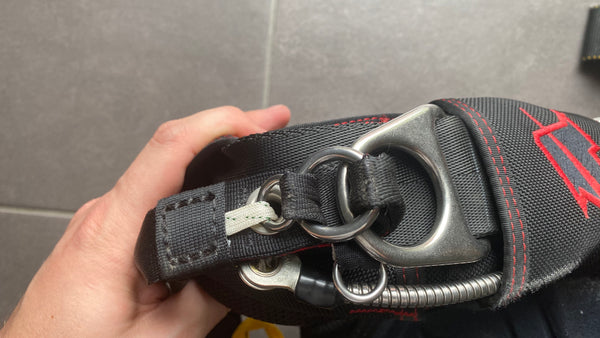
Connection Ds: these almost no longer exist, but if you still have them, you need to check that they are not forced. Soft-Links are more common. Here too, it is important to check the condition and see if they are properly installed in the risers.
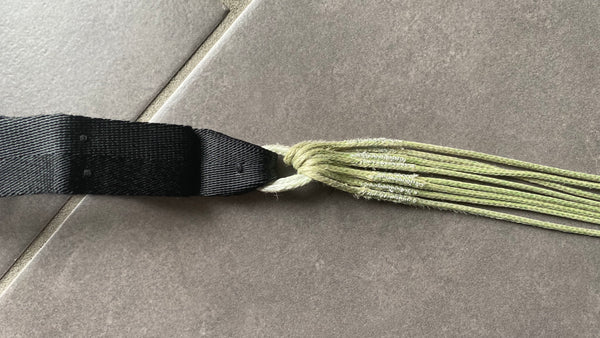
Eyelets: there are on the slider, the POD and the container. Here it is necessary to check that they are not damaged and that they are not likely to injure the lines and risers.

Lines: Lines will likely be the first major part of parachute equipment to undergo a change. This is why you need to check them carefully! The control lines, brake handles, outer lines and front central lines are the parts that experience the most force. If there is a little fraying, there is no need to worry, however if the condition deteriorates or you are unsure of the quality, it is better to contact a professional qualified. It is possible to change one line at a time, however, when 3 to 4 lines need to be changed, it is more judicious to change all the lines to avoid an imbalance of the sail!

The pin and loop of the reserve parachute and the main parachute: as with the loop of the 3 ring system, it is necessary to check the condition and see if there is any damage. Concerning the pin, it is important that it is not damaged, as it could then cause damage to the loop. Additionally, it must be in its original form. If it is twisted, there is a risk of blockage.
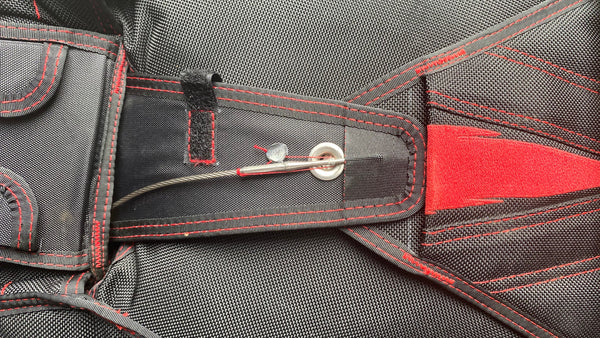
Straps: you have probably already noticed the thread of another color on the straps. This thread is not there for design, but is effectively a control thread. If this wire is damaged or if it has a break, it is imperative to show it to the third-party bender and make the necessary repairs.

Storage
Here are a few more tips when a parachute is not in use. According to the manufacturer Aerodyne, equipment must be put in a bag and stored in a room at 15-30°C and 15-70% humidity. Of course, it must be kept away from children to avoid any involuntary manipulation of them.
Also, all other parts of the parachute should be checked regularly and if there is a small damage or something that seems unusual, it is important to report it to an airfield professional to avoid any problems during a jump or directly ask the manufacturer who will be able to give you the best information.

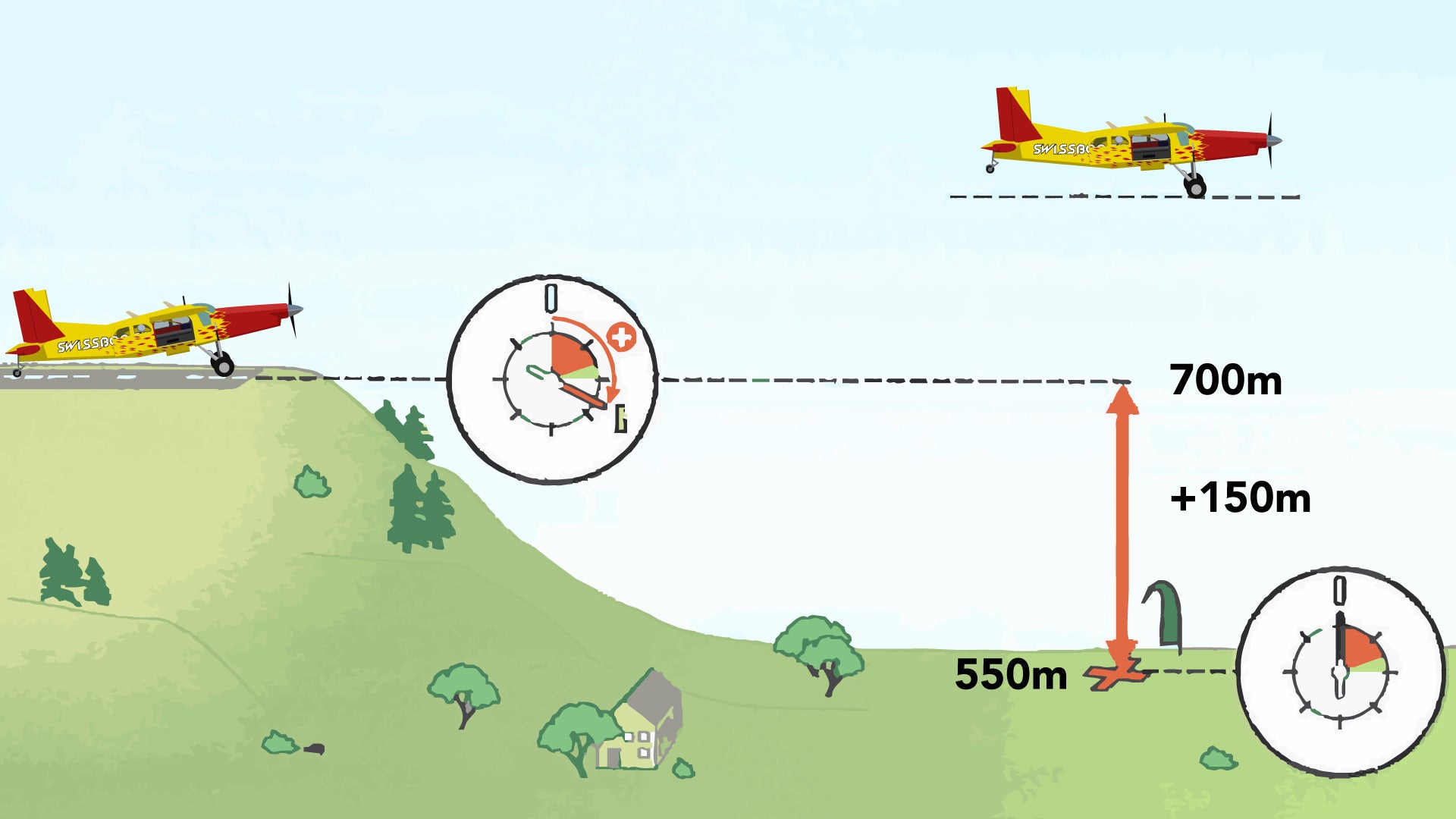
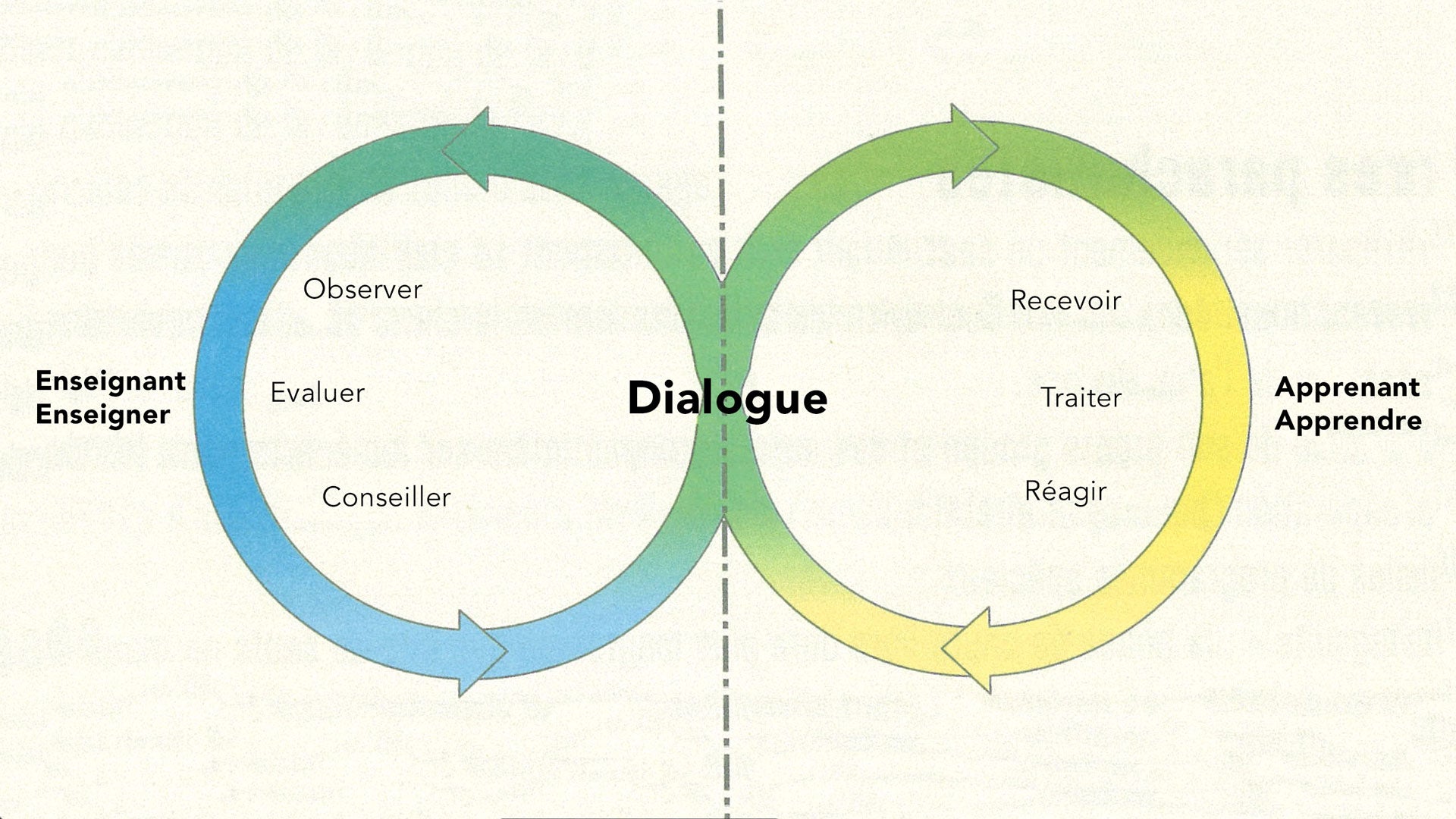
Leave a comment
This site is protected by hCaptcha and the hCaptcha Privacy Policy and Terms of Service apply.